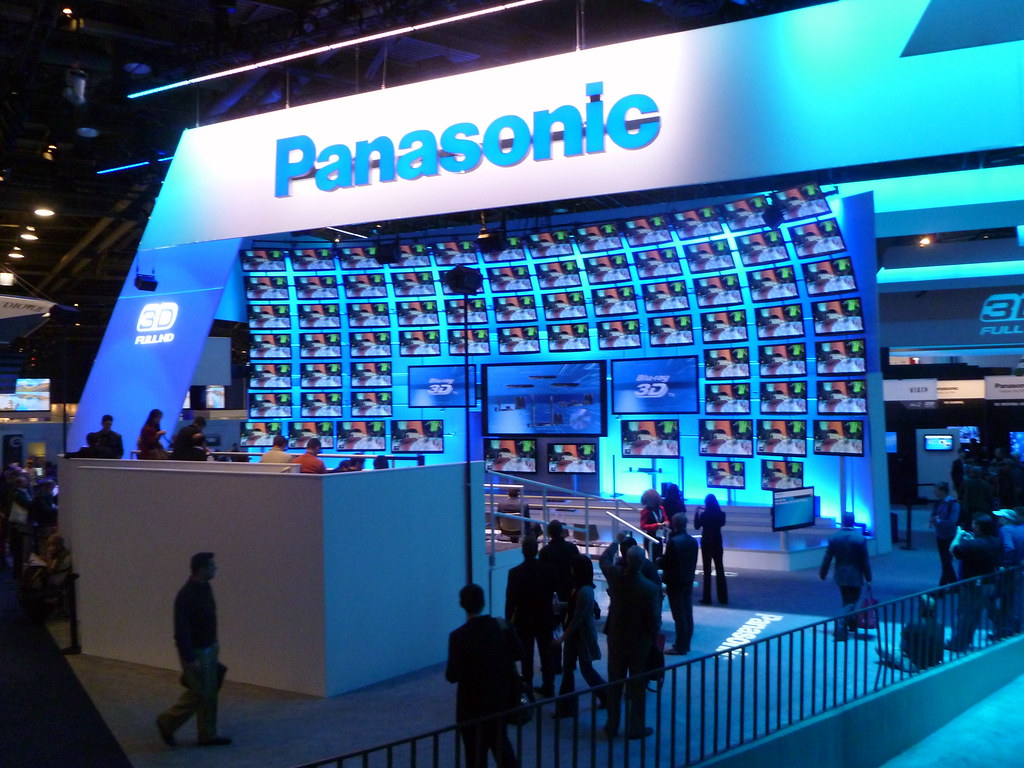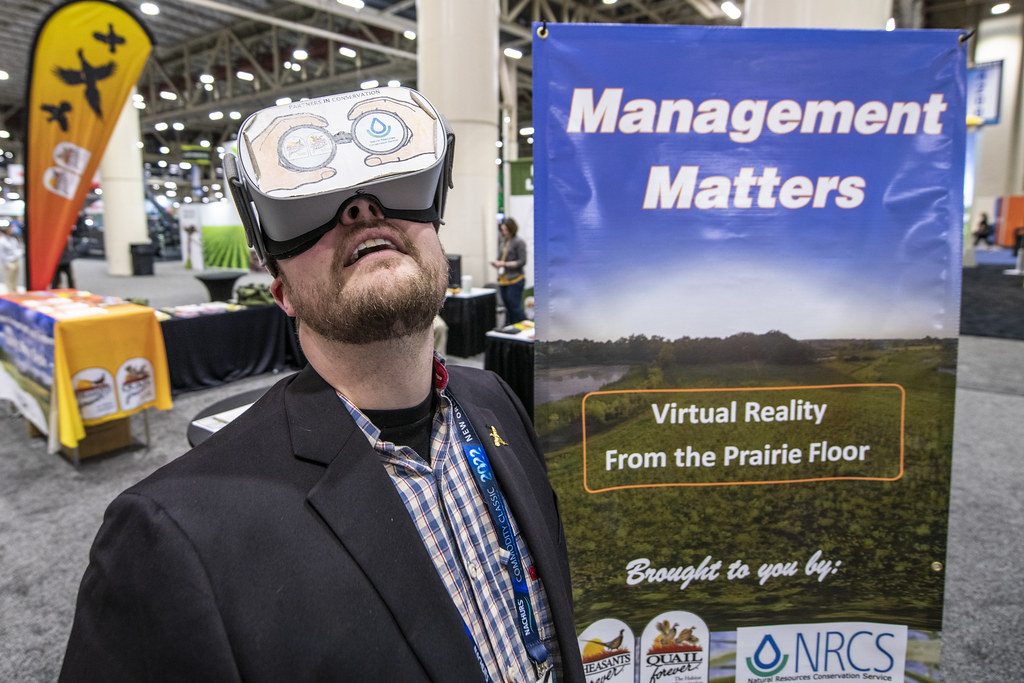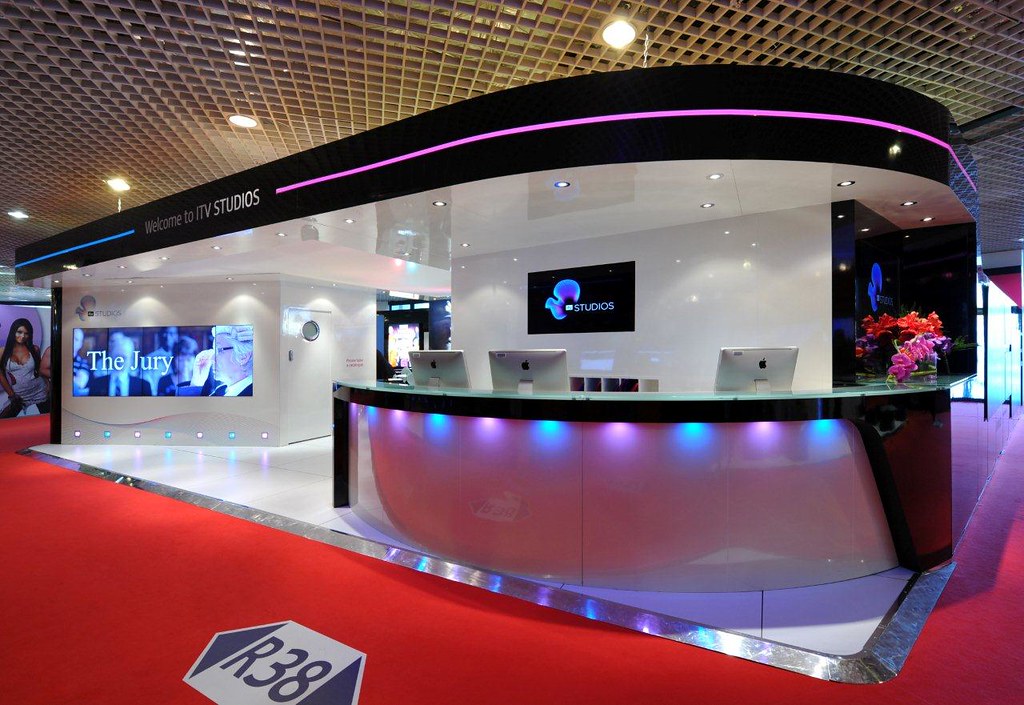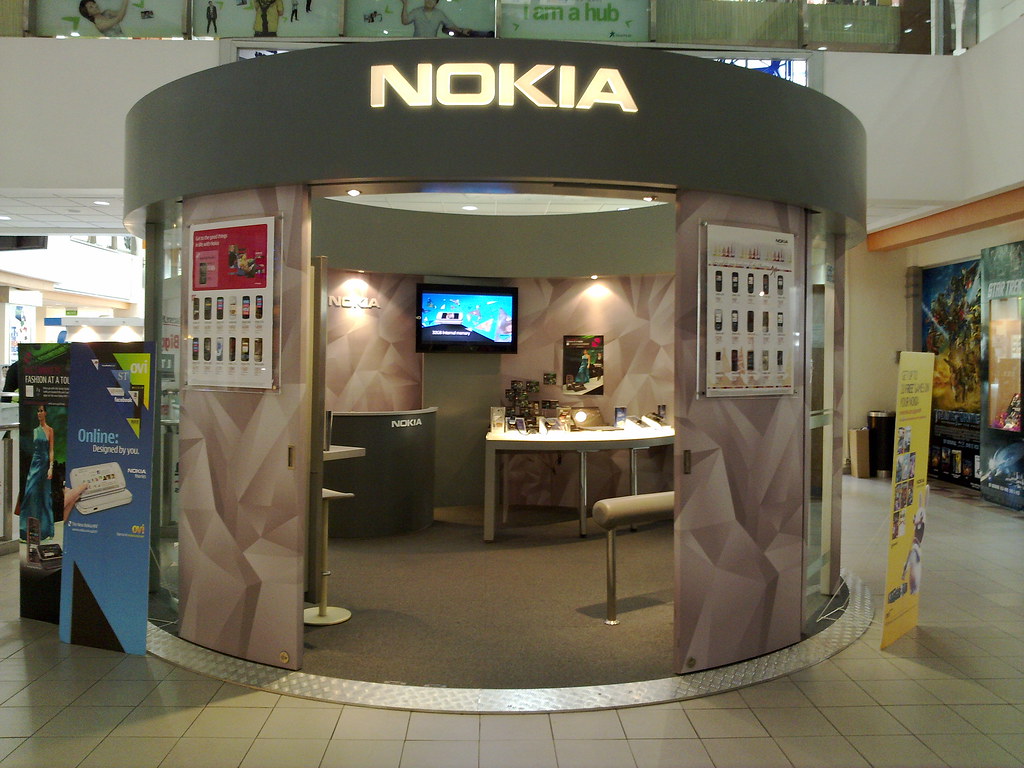Page Contents
Trade Show Trends for Sustainable, Interactive Exhibits
Trade shows remain a pivotal platform for businesses to showcase innovations, build brand awareness, and forge new connections. However, the landscape of trade show exhibits is constantly changing, influenced by technological advancements, environmental considerations, and shifting consumer expectations.
This article delves into the forefront of trade show trends for 2024, covering the rise of hybrid events, the integration of gamification and virtual reality, the emphasis on sustainability, technological innovations in booth design, and the latest in lighting and layouts.
We will explore how these trends not only enhance the visitor experience but also provide unique opportunities for brands to stand out in a crowded marketplace. By embracing these developments, businesses can create memorable, engaging, and impactful trade show exhibits that resonate with today’s audiences.
Hybrid Events and the Metaverse
The post-pandemic world has ushered in the era of hybrid events, blending physical presence with digital experiences. This model caters to a wider audience, combining the traditional allure of in-person interactions with the global reach of virtual platforms. The Metaverse, a collective virtual shared space, is at the heart of this transformation, offering immersive environments that extend the trade show experience beyond the convention center.

Platforms like Decentraland and VRChat are pioneering virtual trade show spaces where attendees can navigate booths, interact with products, and engage in real-time conversations without leaving their homes. This digital dimension adds a new layer of interaction, enabling brands like Samsung and Autodesk to showcase their products in innovative ways that were previously unimaginable.
The Metaverse also facilitates networking opportunities, educational sessions, and live product demonstrations, making it a powerful tool for brands to extend their trade show presence and impact. By integrating physical exhibits with virtual worlds, companies can create a comprehensive, around-the-clock trade show experience, breaking down geographical and logistical barriers to engagement.
Gamification and Interactive Experiences
Gamification and interactive technologies, such as virtual reality (VR) and augmented reality (AR), are revolutionizing attendee engagement at trade shows. By incorporating game mechanics into booth design, companies can create compelling, interactive experiences that capture attention and encourage participation.

For instance, brands like Nike and Lego have utilized AR to allow attendees to see how products look in real life or to engage in interactive storytelling. Meanwhile, VR experiences offer a deeply immersive dive into product demonstrations, virtual tours of facilities, or even simulated environments showcasing the product’s use cases.
These technologies not only make booths more engaging but also provide valuable data on attendee preferences and behaviors. Interactive quizzes, challenges, and scavenger hunts encourage visitors to explore booths more thoroughly, while also offering brands insights into what captures their audience’s interest. This data can be leveraged to tailor future marketing strategies and product development, making gamification and interactivity not just a tool for engagement, but also for market research.
Sustainability in Trade Shows
Sustainability is becoming a central focus in trade show booth design, reflecting a broader societal shift towards environmental responsibility. As environmental concerns grow, both exhibitors and attendees are prioritizing eco-friendly practices and materials, making sustainability not just a trend but a necessity in the trade show industry.
One of the most significant changes is the move away from traditional materials like PVC, which are harmful to the environment, towards more sustainable alternatives. Giant Printing is at the forefront of this shift, offering eco-friendly fabric banners and backdrops for trade shows. Unlike vinyl banners made with PVC, Giant Printing’s products are designed with sustainability in mind, using materials that are not only less harmful to the environment but also offer superior quality and aesthetic appeal.

These sustainable materials are part of a larger trend towards booths that reduce environmental impact through the use of recycled plastics, bamboo, and FSC-certified wood. These materials are not only durable but also significantly lower in carbon footprint compared to their conventional counterparts. Energy-efficient lighting and digital displays further complement these efforts, reducing the overall energy consumption of trade show booths.
Brands like Patagonia and Tesla, known for their environmental commitment, have already embraced sustainable booth designs, showcasing their eco-friendly values while engaging attendees. The use of digital handouts and QR codes for information sharing is becoming the norm, eliminating the need for paper and facilitating a smoother, more sustainable exchange of information.
As the industry progresses, the emphasis on sustainability in trade show booth design is expected to grow, challenging brands to innovate in ways that are impactful, responsible, and aligned with the values of today’s environmentally conscious consumers. By adopting sustainable practices, companies can not only minimize their environmental footprint but also connect with audiences on a deeper level, demonstrating a commitment to the planet that goes beyond the trade show floor.
Technological Advances in Booth Design
The integration of artificial intelligence (AI), the Internet of Things (IoT), and data analytics is transforming trade show booths into personalized, interactive experiences. AI can tailor content to individual visitors, suggesting products or sessions based on their interests and past behaviors. IoT devices, from smart screens to sensors, enhance product interactions, providing real-time data and feedback to both attendees and exhibitors.
Data analytics play a crucial role in understanding attendee behavior, enabling brands to optimize booth layouts, product placements, and engagement strategies. Companies like IBM and Intel are leveraging these technologies to create dynamic, responsive environments that adapt to visitor interactions, offering a more personalized and engaging experience.
The potential for AI and IoT in trade shows extends to logistics and operations, streamlining everything from crowd management to lead generation. For example, smart badges can track attendee movements, offering insights into popular exhibits and peak times, while also facilitating seamless exchange of contact information. This data-driven approach not only enhances the visitor experience but also provides exhibitors with valuable analytics for future planning and optimization.
Emerging Trends in Lighting and Layouts
Lighting and spatial design are pivotal in creating an inviting and effective trade show booth. The latest trends emphasize flexibility, openness, and interactive elements that draw attendees in and encourage exploration. LED technology, with its energy efficiency and versatility, plays a central role, enabling exhibitors to create dynamic, mood-enhancing lighting schemes that can change throughout the event to highlight different products or themes.

Open layouts are gaining popularity, breaking down barriers between the brand and the attendees to foster a more engaging and inclusive environment. This approach encourages free movement and interaction, making it easier for visitors to access information and engage with exhibits. Brands like IKEA and Google have utilized these design principles to create booths that are not only visually striking but also highly approachable and interactive.
Furthermore, the integration of digital and physical elements is reshaping booth layouts. Interactive screens, augmented reality stations, and live social media feeds create a multifaceted experience that merges the digital with the physical, offering attendees a more immersive and engaging experience.
Interactive Digital Kiosks
Digital kiosks are bridging the gap between physical trade show booths and online experiences, offering a seamless integration of information, engagement, and technology. These kiosks serve as interactive information hubs, where attendees can learn about products, sign up for demonstrations, or even experience virtual reality tours.

Companies like Salesforce and Adobe have leveraged digital kiosks to enhance customer interaction, using them to display product information, gather feedback, and even facilitate purchases or bookings. The kiosks’ ability to connect to mobile devices and social media platforms further extends the engagement beyond the trade show floor, allowing for continued interaction and lead nurturing.
Digital kiosks also offer an opportunity for personalization, using touchscreens and AI to tailor the information presented to the interests and needs of each attendee. This level of personalization not only improves the user experience but also increases the relevance and effectiveness of the content, leading to higher engagement and conversion rates.
Conclusion
As we look to the future of trade shows, the trends for 2024 underscore a dynamic shift towards more immersive, interactive, and environmentally conscious exhibit designs. The integration of hybrid events, gamification, AR/VR technologies, and sustainability practices is not just redefining the attendee experience but also setting new standards for how businesses present themselves in these settings. The emphasis on sustainability, in particular, mirrors a broader societal commitment to environmental responsibility, with companies like Giant Printing leading the way by offering eco-friendly fabric banners and backdrops that challenge the status quo of trade show materials.
For businesses aiming to stay at the forefront of their industry, adapting to these evolving trends is crucial. Embracing innovation, whether through the adoption of new technologies or the integration of sustainable materials in booth design, is key to creating memorable experiences that resonate with modern audiences and leave a lasting impact.
As you plan your next trade show exhibit, consider partnering with leaders in sustainable exhibit solutions like Giant Printing. Our commitment to eco-friendly materials not only helps reduce your environmental footprint but also positions your brand as a forward-thinking, responsible participant in the global marketplace. Let’s move towards a future where trade shows are not only about showcasing products and services but also about demonstrating a commitment to sustainability and innovation.

